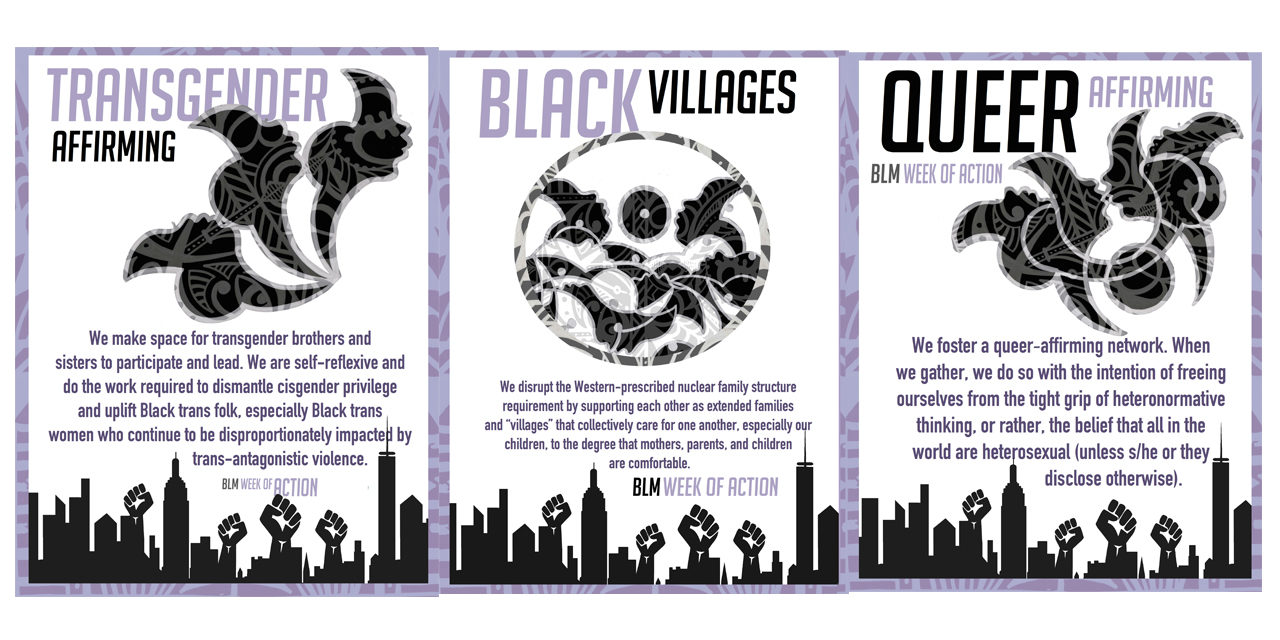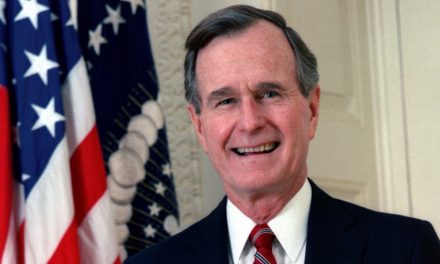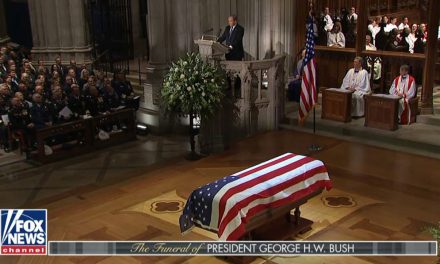This week, February 1-5, schools across the nation are participating in “National Black Lives Matter Week of Action in Our Schools.” Black Lives Matter at School (BLMS) is the primary sponsor of the movement, teaching children – from pre-kindergarten to high school – its 13 Guiding Principles.
Some of these principles are good, such as pursuing restorative justice, practicing empathy and pursuing loving engagements with other people. But other guiding principles are extreme, like being “queer affirming” and “trans affirming.” Children are also taught about “disrupting the Western-prescribed nuclear family structure”; diversity, collectivism and globalism; finding freedom from “patriarchal practices”; and “centering black women and femmes.”
Sadly, the week has overshadowed the National African American Parent Involvement Day (NAAPID), designed to encourage educational involvement and success in black families. Here’s how those worthy goals were supplanted by a more extreme ideology.
BLMS says it’s movement began in the fall of 2016, but the story actually goes further back. As part of Black History Month, schools in 1995 began hosting National African American Parent Involvement Day (NAAPID), scheduled for the second Monday of February.
That year’s Million Man March in Washington, D.C. had inspired educator Joe Dulin to start the national day. Dulin was the founder and principal of Roberto Clemente Student Development Center in Ann Arbor, Michigan. He said, “A young man named Ayinde Jean-Baptiste, then 12 years old, was one of the speakers, and he challenged us to go back to our communities and do something.
“I got the feeling that, out of a million men, he was looking at me.”
Dulin explained, “NAAPID is not just for black people –– it’s for all people. It comes during Black History Month, and I thought it was a tremendous time to introduce it as a project for parents to get into our schools to exchange notes, phone numbers, emails, have conversations and get in touch with the teachers.”
NAAPID, “a day for family bonding,” was designed to “promote African American parent involvement in their child’s education”; develop partnership efforts between communities, schools and homes; and encourage “parents and students to take full advantage of the educational process at all levels of the educational system.”
South Shore PK-8 School, in Seattle held its eighth celebration of the parents’ day in February 2016. In addition to inviting parents, that year the school asked black men in the community to show up before school to greet and encourage children at the start of the day. More than 200 men showed up, cheering and high-fiving the kids as they arrived.
The Seattle Times reported that the goal was to “dispel negative stereotypes of black men by showing students examples of successful black politicians, police officers and professors.” The paper added that men “wore police uniforms, suits and academic regalia” and that a city councilmember, the fire chief and the school board director attended.
Teachers at Seattle’s John Muir Elementary in Seattle were inspired by South Shore, so the school organized a similar day for men from the community to interact with and encourage children, “Black Men Uniting to Change the Narrative.”
Again, they wanted to provide students with a positive image of black men, “in a way counter to the negative images they see on television or the internet.” The school planned for the men to “greet students as they walked in, visit classrooms and play with the kids during recess.”
But this time the event became more politicized, as some teachers planned to wear shirts with slogans like “Black Lives Matter” or #SayHerName,” a reference to the death of Sandra Bland in a Texas jail.
According to the Times, Muir Elementary garnered national attention when conservative outlets got word about teachers wearing BLM shirts, leading to angry emails and phone calls to the school from across the nation. After a bomb threat, the event was cancelled.
The next month, to show solidarity with Muir Elementary, schools across Seattle held the first “Black Lives Matter at School” rallies before school began, with 2,000 teachers wearing BLM shirts. Educators led discussions about institutional racism, taught about black history and held rallies. The event was organized by Social Equality Educators, now Social Equity Educators, a group within the Seattle Education Association “that focuses on democratic, anti-racist, and anti-oppression policies and practices in our classrooms, schools, and communities.”
The BLMS movement then shifted to the first week of Black History Month, with educators in more than 20 cities participating. NAAPID, the day to encourage parental involvement in education, was overshadowed by a full week of activism, with schools across the country using BLMS lesson plans and resources.
As BLMS has grown, it now partners with groups like the National Education Association’s division of Education Justice, the Education for Liberation Network and the Racial Justice Organizing Committee. The organization also promotes resources and curricula from the widely discredited Southern Poverty Law Center; GLSEN – formerly the Gay, Lesbian & Straight Education Network; and the Zinn Education Project, based on material from communist sympathizer Howard Zinn.
BLMS is not officially affiliated with #BlackLivesMatter, a global network of independent groups, founded in 2013 by “three radical Black organizers – Alicia Garza, Patrisse Cullors, and Opal Tometi.” As Cullors has written, “We didn’t start a movement. We started a network.”
However, BLM had listed the same 13 Guiding Principles, until they were scrubbed from their website in September, 2020, after media scrutiny of the organization and founders. And many affiliated BLM groups still hold to the same principles.
As we’ve previously stated at The Daily Citizen, America does have slavery, racism and bigotry in its past. We know that prejudice and discrimination still exist in our country. It’s important to teach children about that past, in sensitive, balanced, age-appropriate ways, and to love and respect all people. It’s important to teach about the efforts by many, often motivated by their Christian faith, to fight slavery, racism and discrimination. And it’s important to teach children about the contributions of black Americans throughout our nation’s history.
At the same time, BLMS, and other groups, have linked teaching about black history to destructive ideologies like Marxism, “queer theory” and gender ideology. These stand in stark opposition to Christian teaching and to the beliefs of many. Parents, grandparents, pastors and other concerned citizens should be aware and stand against teaching these ideologies to children – with courage, grace, wisdom and truth.
Related articles and resources:
Check out the Curriculum Resource Guide from Black Lives Matter at School
Focus on the Family has resources to help families and individuals think through and discuss these important, difficult issues, as we work toward healing, forgiveness and reconciliation.
- Forging a Path to Racial Reconciliation
- How to Talk With Your Kids About Racial Differences
- Miles McPherson On Overcoming Racism
- Offering Grace to People Different From You
- Seeing Race Through Jesus’ Eyes
- Talking to Your Kids about Racism and Violence
For parents with school-aged children, we created our free, downloadable resource, Back to School – for Parents: A busy parent’s guide to what’s happening in your children’s classrooms and practical steps you can take to protect them.
This resource explains the many areas of concern in public schools, clarifies parental authority and children’s rights, offers suggestions for approaching teachers and administrators, and gives guidance about talking with children about sensitive and difficult issues.
Photo from three posters that BLM makes available for classrooms – from PreK to high school.






